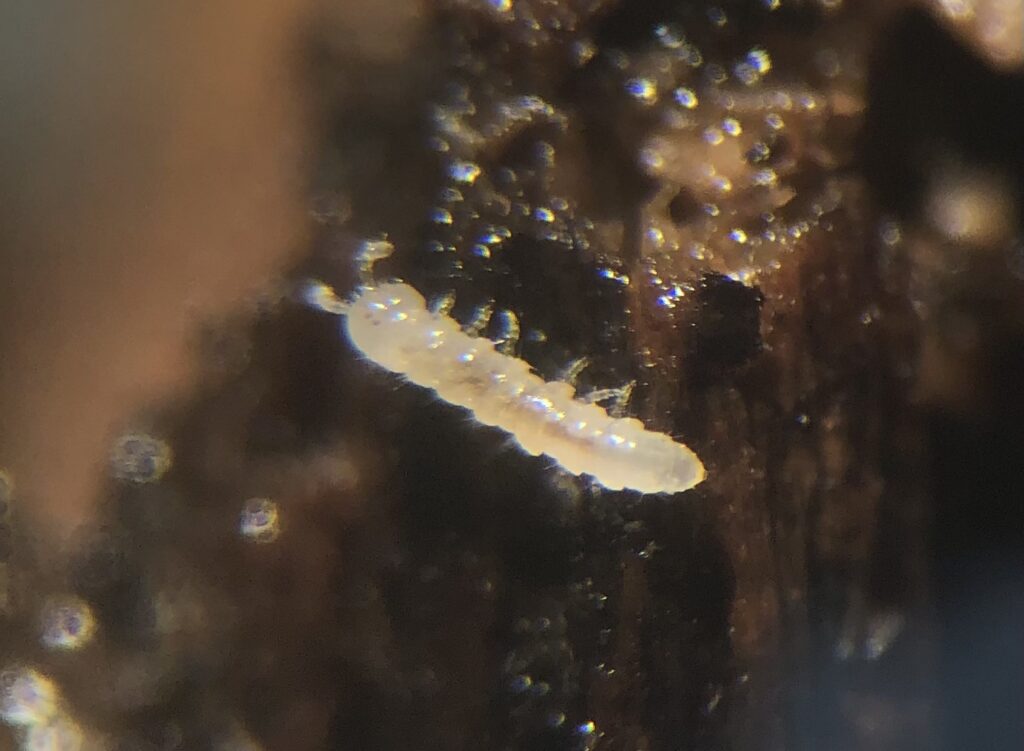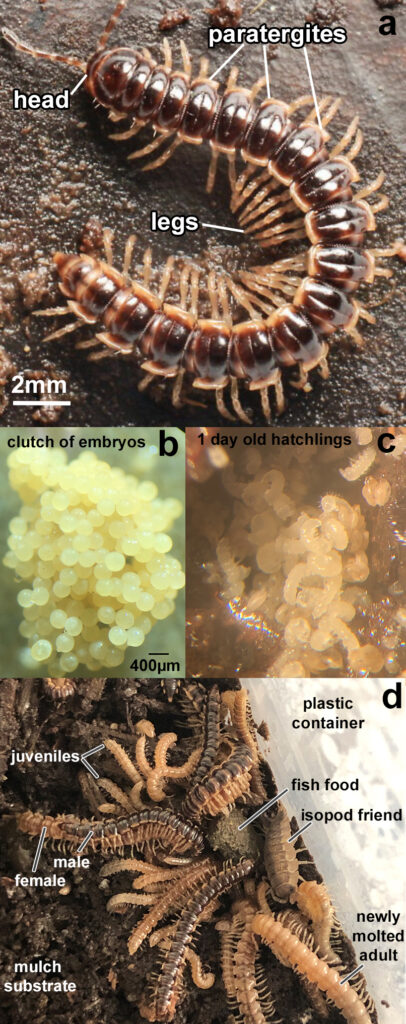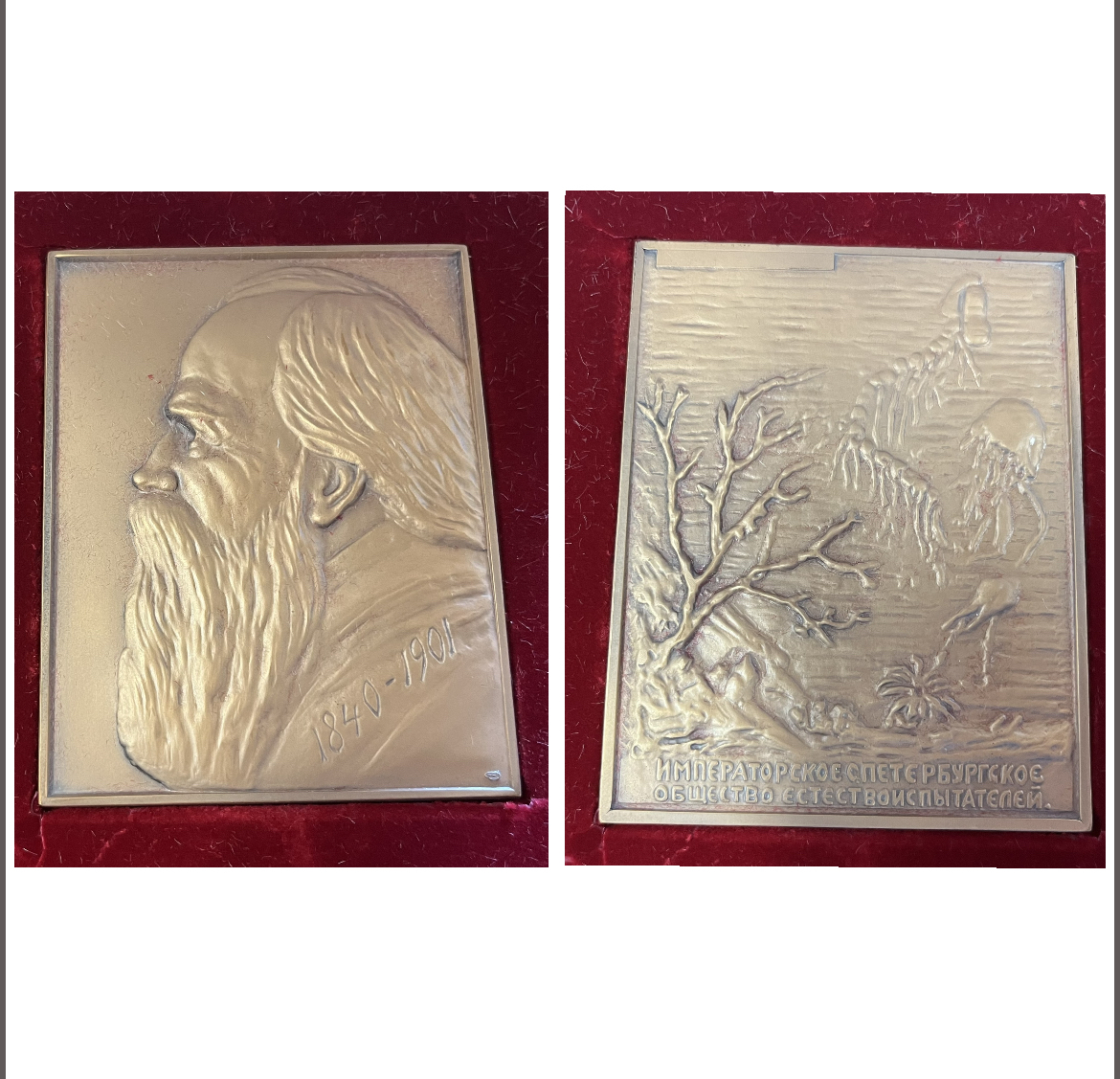Heather Bruce, Research Associate at the Marine Biological Laboratory, was awarded the Society for Developmental Biology Emerging Research Organisms Grant.
The Society for Developmental Biology Emerging Research Organisms Grant was established in 2016 to fund projects aimed at developing techniques, approaches, community resources, collaborations, and new lines of research to study developmental mechanisms in non-traditional systems.
Congratulations Heather on receiving your first grant! An outline of her project can be read below.
Title The garden millipede Oxidus gracilis – the first lab-tractable myriapod model system

There are four groups of living arthropods: insects (beetles, etc.), crustaceans (shrimps, etc.), chelicerates (spiders, etc.), and myriapods (millipedes, centipedes, etc.). The first three arthropod groups have multiple, lab-tractable model species which have tools such as a sequenced genome or transcriptome, RNAi, and CRISPR-Cas9. In contrast to the other groups, the myriapods surprisingly do not have a single, lab-tractable model. Despite the lack of a suitable model, there is keen interest in myriapod segmentation and body patterning, neural patterning, bespoke reproductive structures, cyanide-based defensive glands, and paleontological and evolutionary origins. My own research intriguingly suggests that, despite sharing an aquatic last common ancestor 540 million years ago, myriapod and insect tracheae each evolved via the independent internalization of the same ancestral gill.
I am therefore developing the garden millipede Oxidus gracilis as a model system. In contrast to all other myriapod species attempted to date, Oxidus is a gregarious, cosmopolitan species that breeds prolifically and year-round in lab conditions, reaches sexual maturity in 4 months, and lays clutches of ~200 embryos that hatch in 10 days. This project will generate embryonic and adult transcriptomes to facilitate in situ hybridization chain reaction (HCR), CRISPR-Cas9, and single cell RNA sequencing (scRNAseq) studies to establish Oxidus as the first lab-tractable myriapod model.


